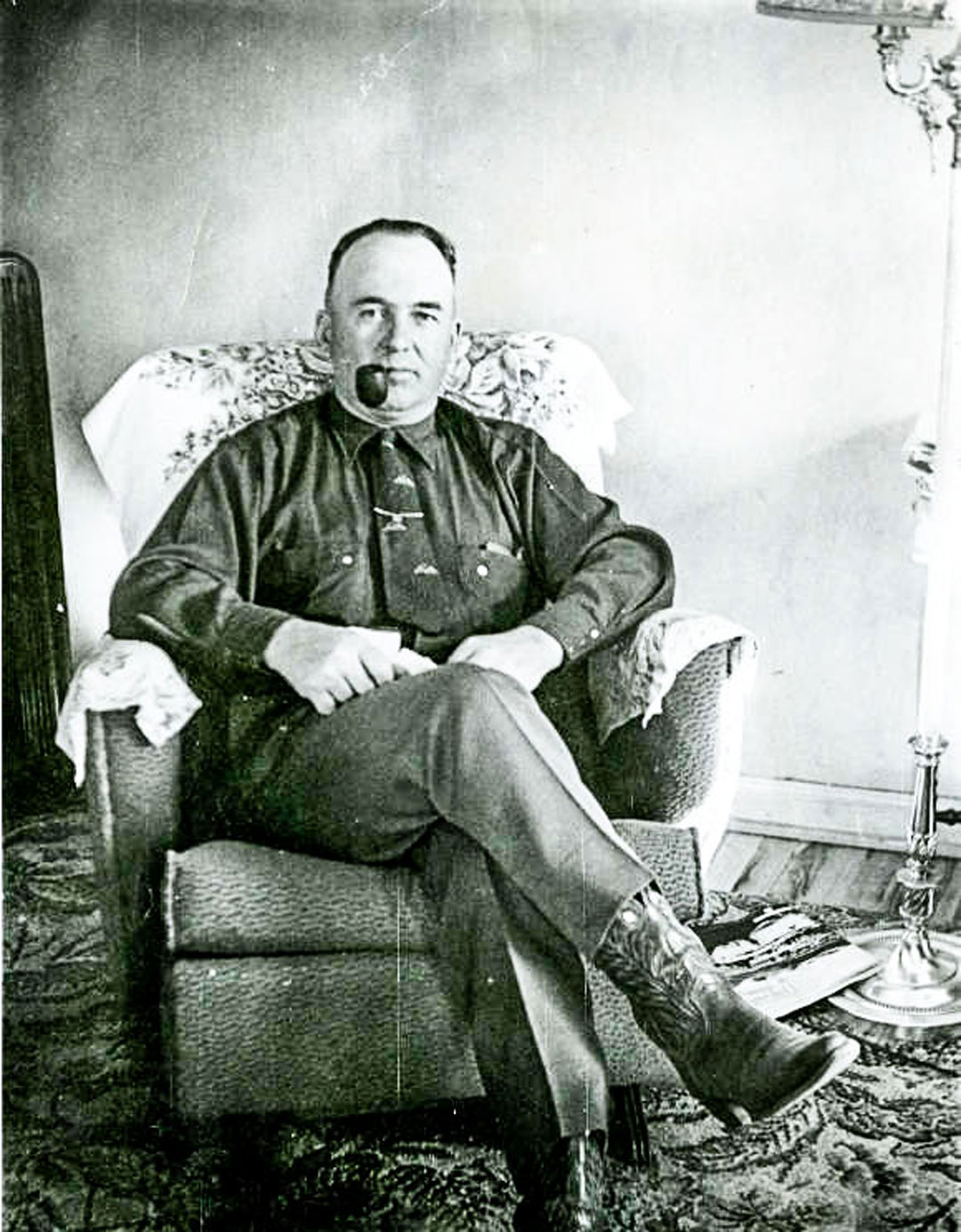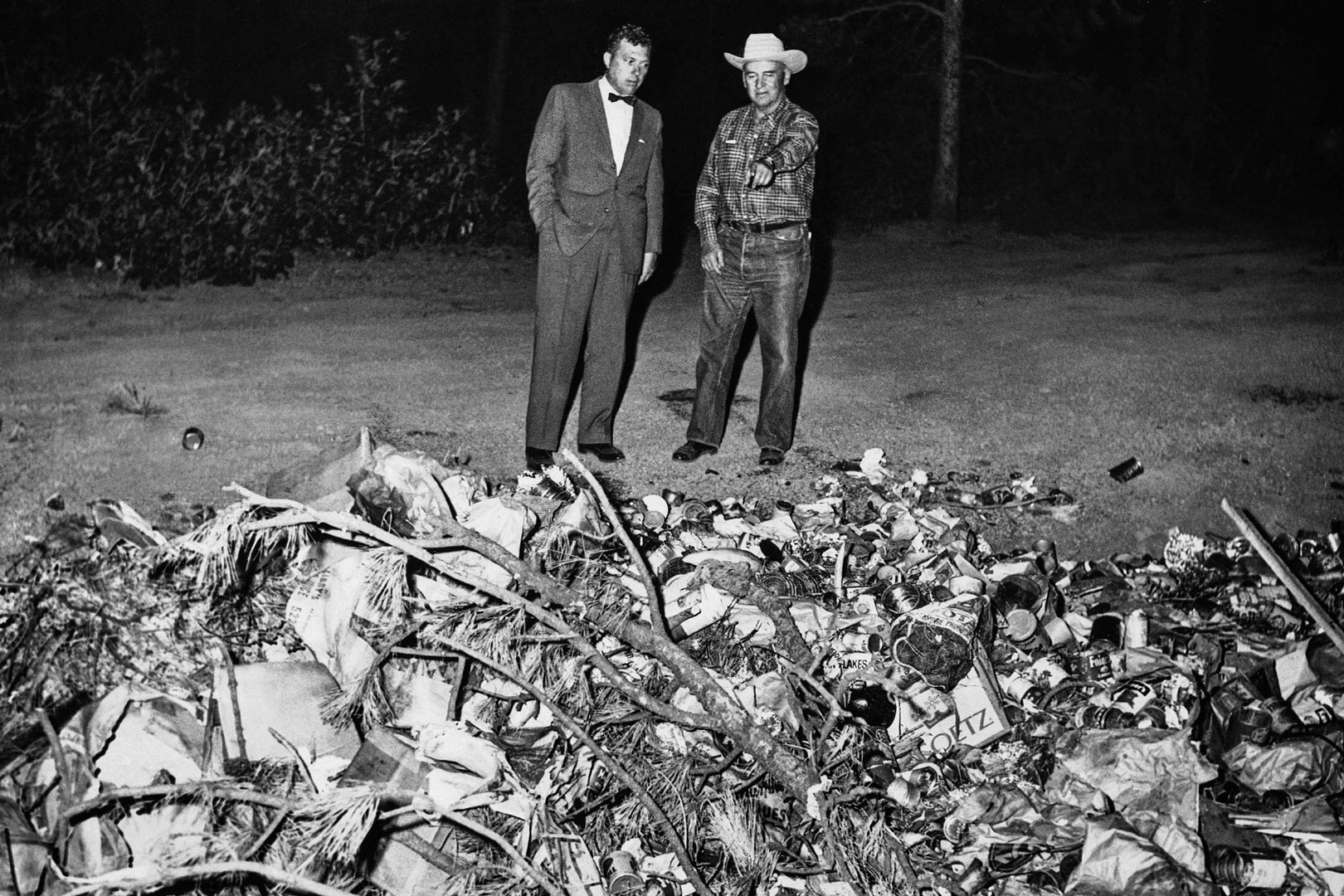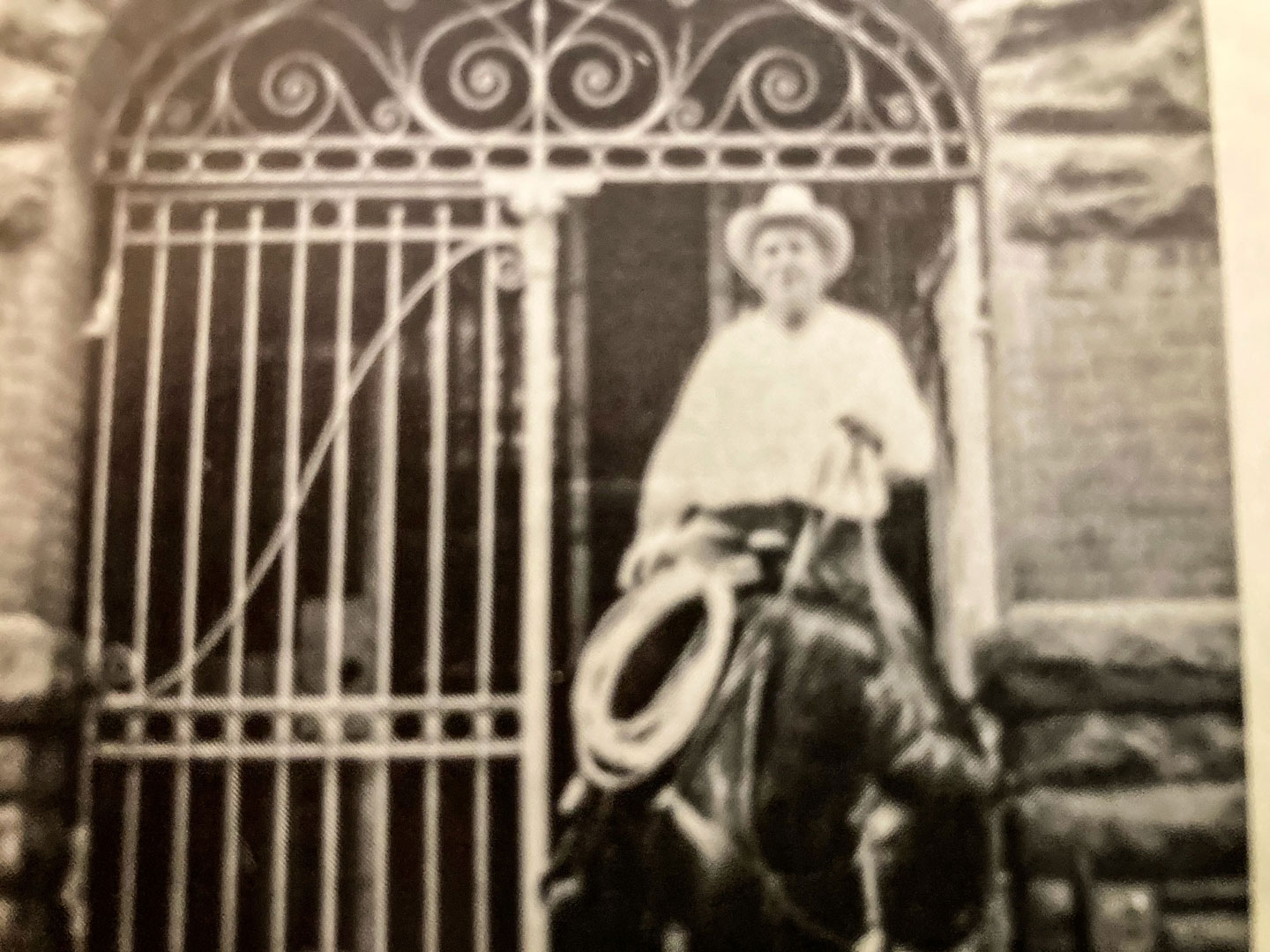Ranching to law enforcement


John Hammond served as Douglas County Sheriff for 23 years, the longest sitting sheriff in Douglas County history.
Until appointment as Douglas County Sheriff in 1947, John L. Hammond was just a regular guy of the time. Born 1904 in Iowa and raised in Akron, Colorado, Hammond’s upbringing was about ranching and moving cattle to and from the market. His dad would buy them young, fatten them up and bring them to the Denver Stockyards. Hammond spent many nights following signposts on the Bergen Trail, near today’s Rampart Range Road.
After marrying Minnie Phillips in 1924, the couple moved closer to her Elizabeth upbringings, then on to Larkspur. Construction work was steady on the growing Front Range and Hammond labored on Highway 85 as it was being built. His experience with animals was useful in providing motive power for construction equipment. He also toiled briefly at the Ford Model A factory in Denver.
The Great Depression made jobs scarce, and Hammond augmented warm-season income by cutting ice blocks on Palmer and Monument Lakes. A diary entry noted an instance when he unintentionally sawed himself into the lake.
Seeking more permanent work, Hammond secured a job at Hugh Buckner’s Garage in Larkspur for $80 per month. At about the same time, he also took a fancy to law enforcement and, with limited training, was appointed deputy county sheriff in 1932. It was a volunteer position, under C.H. (Bert) Lowell. With that pay only nominal, Hammond purchased Buckner’s garage equipment and leasehold with his meager savings.
Hammond was keeping the company of lawmen and these relationships paid dividends. His boss, Lowell, spent eight years in office followed by Buckner taking his place. Lasting barely three years, Buckner died in office. Successor Robert Campbell went five more years, but by 1947, the job became Hammond’s. His 24-year tenure remains a county record.
Hammond was fastidious with record keeping and quite outgoing on his county beat. He ran a lot of rubber off his tires, often visiting remote places. Such was pay in the 1950s that he occasionally made more money from mileage reimbursement than he received in his paycheck.

District Attorney Leo Rector of Colorado Springs and Sheriff John Hammond look at a dump where Adolph Coors III’s clothing and remains were found.
For many years, things were tame enough for Hammond to wear his western shirts, boots, badge and a cowboy hat, but no pistol. Only in the 1960s did he decide to carry a sidearm.
Since the pay was meager, Hammond moonlighted for his wife and family, operating a fleet of milk trucks for Frink’s Dairy. He also bought more real estate, including the Huntsville Crull place, with its ancient cabin, and developed a turkey farm. (The site was Douglas County’s first post office, circa 1880, and today is known as the Crull-Hammond Cabin.)
It was Hammond’s misfortune to have been associated with the kidnapping and death of Adolph Coors III in February 1960. While the murder did not occur in Douglas County, his body was exhumed in Sedalia.
As Hammond’s law enforcement career evolved, those closest to him said he developed into a first-rate sheriff. But he wasn’t above being challenged to prove himself. Once, while in Colorado Springs for a parade, friends bet he could not put his horse in El Paso County’s jail. This he did effortlessly, summoning her by whistle, through the iron doors. There he re-mounted her and rode out triumphantly. One can only wonder about the size of the bet.
Hammond and his wife are both buried in Cedar Hill Cemetery in Castle Rock.

By Joe Gschwendtner; photos courtesy of Douglas County Archives